Explore the world of industrial solar panel installation for efficient and sustainable energy solutions.
Harnessing the Power of the Sun: Industrial Solar Panel Installation
The adoption of renewable energy sources has gained significant momentum in recent years, with solar power leading the charge. Industrial solar panel installation offers businesses and organizations a viable solution to reduce their carbon footprint while achieving energy independence. This comprehensive guide delves into the intricacies of this process, providing valuable insights for those considering a transition to solar energy.
Understanding Industrial Solar Panel Installation
Industrial solar panel installation encompasses the planning, design, and execution of large-scale solar energy systems tailored for commercial and industrial applications. These installations often involve the deployment of numerous solar panels, inverters, and other components to generate substantial amounts of electricity. The scale and complexity of industrial solar panel installations differentiate them from smaller residential or commercial setups, requiring specialized expertise and resources.
Advantages of Industrial Solar Panel Installation
– Reduced energy costs and increased energy independence
– Environmentally friendly and sustainable energy source
– Tax incentives and government subsidies for businesses adopting solar power
– Scalability to meet growing energy demands
– Potential for revenue generation through net metering or power purchase agreements
Site Evaluation and Planning
The first step in industrial solar panel installation involves a thorough site evaluation and planning phase. Factors such as available space, solar exposure, and local regulations must be carefully assessed to ensure the optimal placement and performance of the solar panels. This phase is crucial for maximizing the system’s energy production and minimizing potential challenges during installation and operation.
Key Considerations
– Conduct solar resource assessment and analyze historical weather data
– Analyze site topography, shading patterns, and potential obstructions
– Evaluate electrical infrastructure, grid interconnection requirements, and utility regulations
– Obtain necessary permits, approvals, and environmental impact assessments
– Assess site accessibility and logistics for equipment and personnel transport
System Design and Component Selection
Once the site evaluation is complete, the next phase involves designing the solar energy system and selecting the appropriate components. This includes determining the number of solar panels required, choosing the inverters, and integrating energy storage solutions if necessary. Careful design considerations are essential to ensure the system meets the energy demands, adheres to safety standards, and maximizes overall efficiency.
Critical Components
– Solar panels (monocrystalline, polycrystalline, or thin-film)
– Inverters (string, central, or micro-inverters)
– Racking and mounting systems (fixed-tilt, single-axis, or dual-axis tracking)
– Electrical cables, combiner boxes, and switchgear
– Monitoring and control systems
– Energy storage solutions (batteries or thermal storage)
Installation and Commissioning
The installation phase is where the solar panels and associated components are physically installed on-site. This process requires a team of experienced professionals skilled in electrical work, construction, and safety protocols. Proper installation is crucial for ensuring the system’s long-term performance, reliability, and compliance with local regulations.
Installation Steps
1. Site preparation and foundation work
2. Racking system assembly and solar panel mounting
3. Electrical wiring, interconnections, and grounding
4. Inverter installation and grid integration
5. Energy storage system integration (if applicable)
6. Testing, commissioning, and system activation
7. Training and handover to the client or facility managers
Maintenance and Monitoring
Industrial solar panel installations require regular maintenance and monitoring to ensure optimal performance and longevity. Proactive maintenance can help identify and address potential issues before they escalate, maximizing the system’s energy production and return on investment. Continuous monitoring also enables data-driven decision-making and performance optimization.
Maintenance and Monitoring Best Practices
– Periodic cleaning of solar panels to remove dust, debris, and bird droppings
– Inspection and tightening of electrical connections and mounting hardware
– Vegetation management around the installation site
– Performance monitoring and data analysis using specialized software
– Timely repairs, component replacements, and firmware/software updates
– Thermal imaging and infrared inspections to detect hotspots or defects
– Adherence to manufacturer recommendations and industry standards
Most industrial solar panel installations have a lifespan of 25-30 years, with proper maintenance and component replacements as needed. The panels themselves can last up to 40 years or more, but inverters and other components may need replacement sooner.
The installation timeline can vary depending on the size and complexity of the project, but it typically ranges from several months to over a year for large-scale installations. Proper planning, permitting, and project management are crucial for timely completion.
Yes, most industrial solar panel installations are designed with scalability in mind. Additional panels and components can be added to increase the system’s capacity as energy demands grow, or to take advantage of technological advancements and improved efficiency.
Industrial solar panels are designed to withstand a wide range of weather conditions, including high winds, heavy rain, and snow. However, their performance can be temporarily affected by factors such as cloud cover, shading, and extreme temperatures. Proper site selection, system design, and monitoring can help mitigate these impacts.

